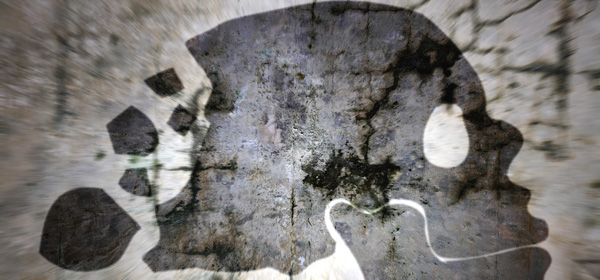The ignorance surrounding dementia is alarming, according to Dementia Australia, which last week released survey results showing few people understand the fatal consequences of the disease.
Up until around a decade ago, dementia was widely believed to be a natural part of the ageing process in elderly people.
However, a better medical understanding of the disease has begun to redefine it as more than just memory loss linked to ageing. Today, it is officially recognised as terminal brain failure and, like cancer, it will kill its sufferers.
The Queensland Brain Institute says dementia is caused by the damage and death of the brain’s neurons.
“In most dementias, a build-up of toxic proteins is a key part of brain degeneration,” the institute says.
“This causes a loss of the contact points between neurons (known as synapses) as well as a loss of the neurons themselves. What sparks this neuro-degeneration remains unknown, but for dementias other than vascular dementia, a build-up of toxic proteins and the loss of their normal function are defining characteristics.”
Meanwhile, Dementia Australia’s survey findings show that 80 per cent of people do not know that the disease is the leading cause of death in women and the second leading cause of death in men.
“The survey, conducted by IpsosAustralia, found that although there is some understanding of dementia in the general community, it is alarmingly low,” said DementiaAustralia, which last week changed its name from Alzheimer’sAustralia.
Other findings were:
- More than 50 per cent of respondents did not understand the relationship between Alzheimer’s disease and dementia
- Almost 40 per cent did not know that dementia is not a normal part of ageing
- Thirty-nine per cent said they felt awkward around someone with dementia
- Forty-one per cent said they found talking to someone with dementia confronting.
Dementia Australia Executive Director of Services Susan McCarthy told YourLifeChoices that part of the confusion about the illness was caused by the fact that there were more than 100 types of dementia.
“Different parts of the brain deteriorate according to which type of dementia is present,” Ms McCarthy said.
“As the brain controls all the body’s functions, its decline leads to different parts of the body also deteriorating.
“Some types of dementia can impact the ability to swallow or restrict breathing, and these in turn become life-threatening conditions. But if the patient had not had dementia, these impairments would not have happened.”
The association estimates there are more than 413,000 Australians living with dementia. It said that failing a breakthrough treatment, the number of sufferers would rise to 1.1 million in less than 40 years.
Rates of dementia are higher in older age groups. While just one in 10 people over 65 have dementia, this rises to one in four for those aged over 85.
Along with its rebranding, DementiaAustraliahas unified each of the former state and territory bodies of the former Alzheimer’sAustraliaunder its national umbrella. It hopes that the new direction it is embarking on will help raise awareness of the disease and lead to better outcomes for sufferers.
Did you know that dementia was a fatal disease? Have you taken a dementia test? What are you doing to reduce the risks of developing dementia?
Related articles:
Test identifies dementia
How Alzheimer’s changes your body
Ten warning signs

